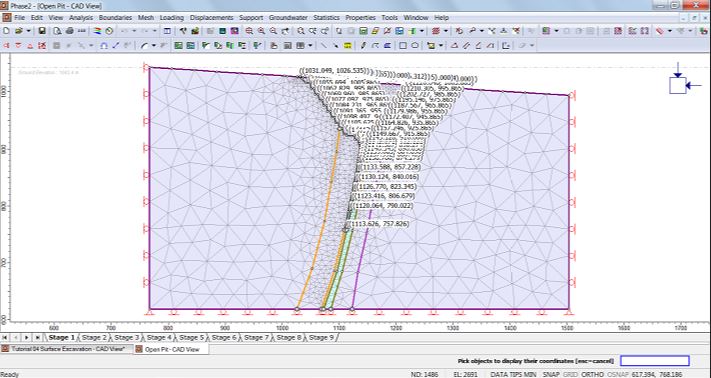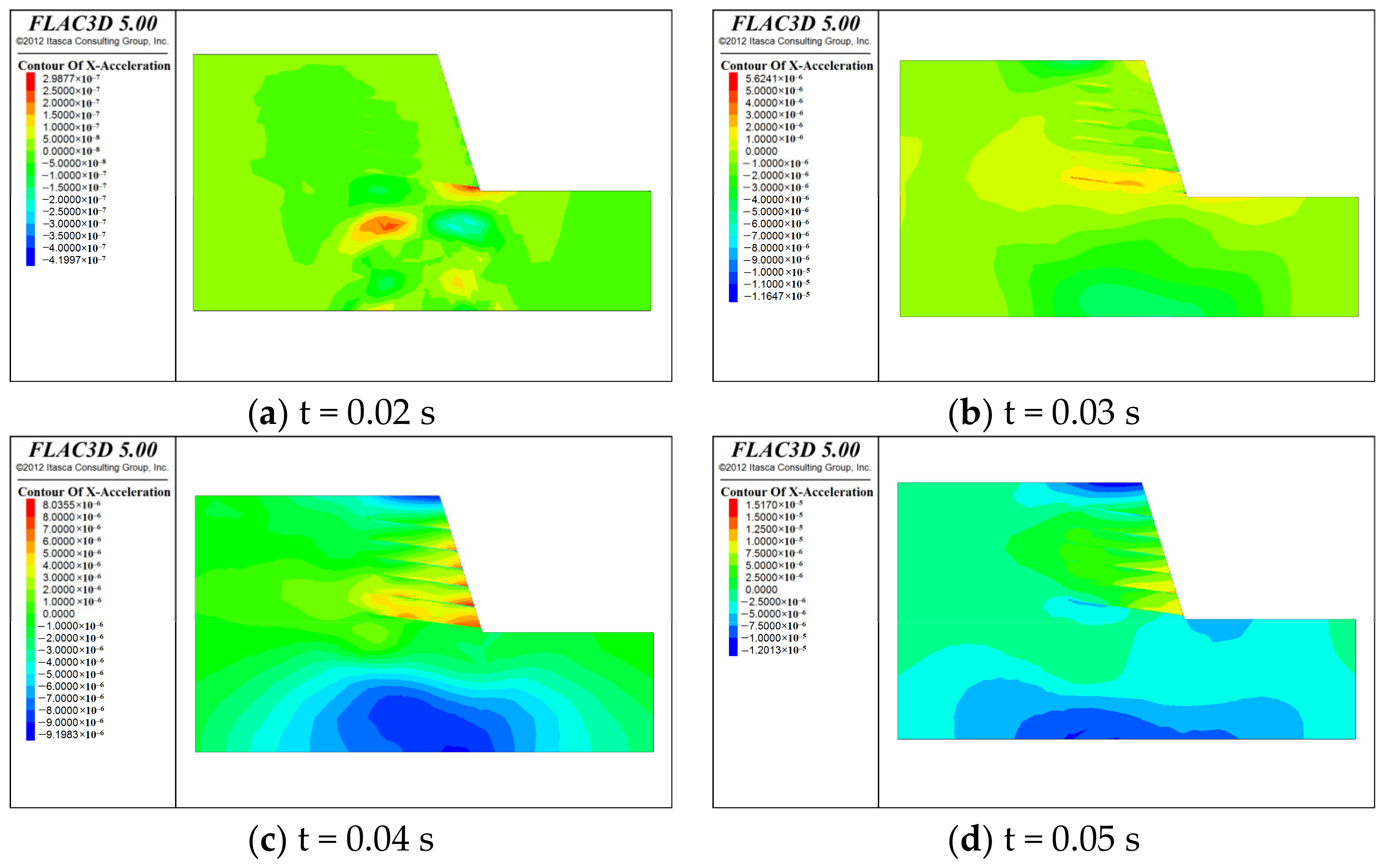

Hoek E, Carranza-Torres C, Corkum B (2002) Hoek-Brown failure criterion-2002 edition. Hoek E, Brown ET (1997) Practical estimates or rock mass strength.


Hoek E, Brown ET (1980) Underground excavations in rock. Gioda G, Maier G (1980) Direct search solution of an inverse problem in elastoplasticity: identification of cohesion, friction angle and in situ stress by pressure tunnel tests. Tunn Undergr Space Technol 15:187–213Ĭividini A, Jurina L, Gioda G (1981) Some aspects of characterization problems in geomechanics. Int J Rock Mech Min Sci 44:247–265Ĭarranza-Torres C, Fairhurst C (2000) Application of the convergence–confinement method of tunnel design to rock masses that satisfy the Hoek-Brown failure criterion. Comparison of the results of three-dimensional models with the assumed longitudinal displacement profile for the two-dimensional model indicated that the three-dimensional effects were not adequately captured in the two-dimensional model.Ĭai M, Kaiser PK, Tasaka Y, Minami M (2007) Determination of residual strength parameters of jointed rock masses using the GSI system. The two-dimensional models in Phase2, however, gave an apparently better overall match to all the extensometers. It was shown that for the given problem, there is a theoretical limit for ratio of displacements predicted for different extensometers using a continuum isotropic material model. It was noted that regardless of the material model and corresponding parameters, the three-dimensional models were not able to give reasonable match to the results of all extensometers. A different set of parameters were needed for FLAC3D when trying to match the significantly higher displacements recorded by only one of the extensometer. An initial set of mechanical parameters obtained from empirical relationships were found to give a reasonable match to the measured response of extensometers 2 and 4, when using a Mohr–Coulomb strain softening model. Three- and two-dimensional continuum models were analyzed using the numerical codes FLAC3Dand Phase2 to assess the rock mass behavior. Extensometers were installed radially at four locations and provided the primary data for the back analyses. An instrumented section of a 10-m-diameter circular shaft located at a depth of 1.2 km in an average quality rock mass was back analyzed to establish the rock mass behavior.


 0 kommentar(er)
0 kommentar(er)
